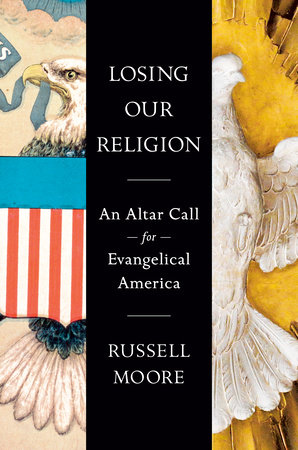A few months ago, the American Scholar published a cover story on the collapse of Robert Schuller’s Crystal Cathedral. The article, by Jim Hinch, used the Cathedral as a parable for evangelicalism itself.
I found myself just now shouting “Amen” to the comments of a letter-writer from Charlottesville, Virginia, responding to the piece in the latest issue of the journal. The writer, Tony Tian-Ren-Lin, takes the journal to task for not understanding the difference between Schuller’s “gospel” and, well, the Gospel.
The Crystal Cathedral wasn’t, he points, out, evangelical at all. Institutionally, it was part of the mainline Reformed Church in America (that’s how you say “Presbyterian Church (USA)” in Dutch), and Schuller’s mission was not to call people to repentance of sin but to higher self-esteem. “If anything, the fall of the Crystal Cathedral represents the decline of that branch of mainline Protestantism,” he writes.
So, the question remains, where are all the people who once thronged the Crystal Cathedral. The Charlottesville correspondent explains to the American scholars: “They are at home, having their self-esteem puffed up by a new breed of prosperity-Gospel preacher, including Joel Osteen, Joyce Meyer, and T.D. Jakes.”
This is exactly right. The prosperity gospel isn’t just another brand of evangelicalism. It isn’t “evangelical” at all because it’s rooted in a different gospel from the one preached and embodied by Jesus Christ. The prosperity gospel is far more akin to the ancient Canaanite fertility religions than it is to anything announced by Jesus, the prophets before him, or the apostles after him.
We shouldn’t be that hard on the secular world for failing to see the difference between the prosperity gospel and the Gospel, but we should certainly expect the church to know the difference, and to say so.








